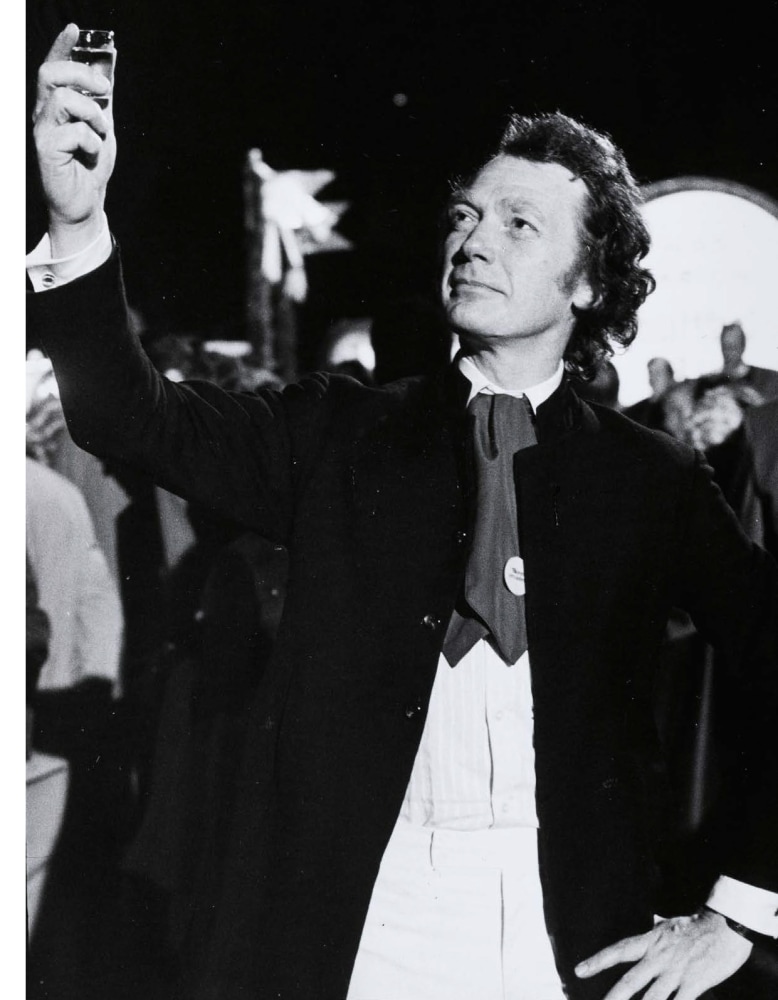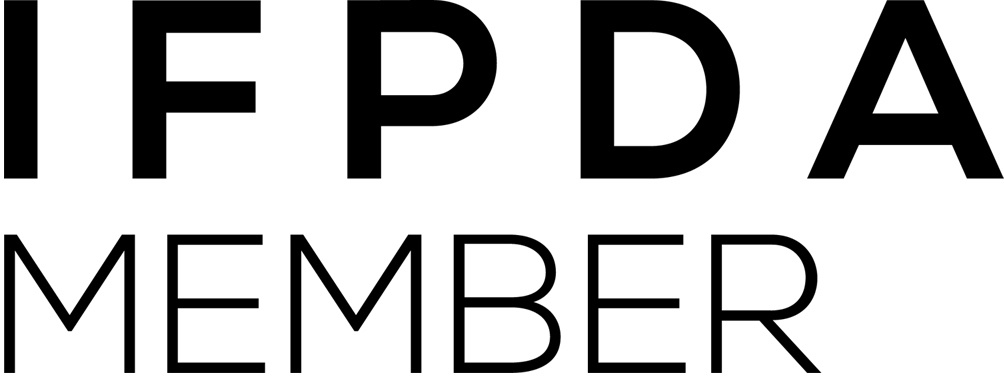Peter Sedgley
Peter Sedgley, one of the leading practitioners of Op Art, has died at the age of 94.
For over five decades, Sedgley explored the optical properties of light, colour and movement, with innovative works that evoke a diverse range of responses in the viewer, including meditative, euphoric and hypnotic. He is also widely considered a pioneer of Light Art and Kinetic Art—two fields of art, which have recently come into the fore of contemporary art discourses.
Trained in architecture and urban planning, his artistic training was developed through lived experience. Sedgley was inspired to paint after forming a relationship with Bridget Riley in 1961. He in turn taught Riley the rules of geometry (having trained as an architectural assistant), and together the pair shared a studio in Notting Hill. Paintings from his first solo show in 1965 were acquired by the Arts Council of Great Britain and Tate. In this same year, both he and Riley were selected by the Museum of Modern Art (MoMA), New York and featured in the landmark exhibit, The Responsive Eye, which drew huge crowds, and saw museum staff take to wearing sunglasses during its two-month run. The exhibition is largely credited for giving birth to Op Art.
His paintings of concentric circles, painted in luminous and fluorescent colours, were taken a stage further, when Sedgley began incorporating LED lights, in 1970. Fascinated by how the painted circles appeared to contract and expand when illuminated by light, Sedgley studied the colour theories of Goethe and Klee, and conducted his own experiments. His carefully thought-out light sequences were designed to bring out the widest colour changes and structural movement in the painted circles. The incorporation of light would alter pigment, add texture to colour; some hues becoming muted and muffled, whilst others would glow intensely. Depending on the colour sequence, the viewer's experience can be startling, profound, even psychedelic. An example of such a work is exemplified in Colour Cycle III, completed in 1970 and acquired shortly after by Tate. It was on display at Tate Modern recently, in 2018-19. In the 1990s, Sedgley moved into kinetic art, creating mobile sculptures that refracted light into the spaces in which they hung from various heights.
In recent years, there has been a renewed, international interest in Op and Kinetic Art with the proliferation of interests generated by curatorial work on and about networked culture. This has been coupled with art historical research into the wider concept of light and colour in modern and contemporary art. Sedgley was included in several of these survey exhibitions, notably Light and Movement at the Grand Palais, Paris (2013); Electronic Superhighway curated by Omar Kholeif at the Whitechapel Gallery (2016); Kaleidoscope, a UK touring exhibition organised by the Arts Council Collection, Southbank Centre (2017); 100 Years of Kinetic Art, at the Kunsthal Rotterdam (2019); and Light, organised by Tate, which toured to China, Korea and Japan from 2021-23.
The last exhibition that Sedgley participated in while still alive was a retrospective held at the Redfern Gallery in November 2024, co-curated by Omar Kholeif, a noted author, curator, and cultural historian, as well as the former programme director and vice chair of SPACE, the oldest operating affordable artists' studios provider in Great Britain, which was co-founded by Peter Sedgley and Bridget Riley in 1968. In December, Kholeif, invited the notable painter, Sean Scully for a live event at Redfern to discuss the sensory illusion of looking, fiction, poetry, and voice, in the context of Sedgley's exhibition. As their conversation concluded, it left scope for much interpretation. Sedgley died shortly afterwards, but his legacy continues to stir the imagination of the people whom he touched with his art, through light, action, and gesture.


